When Rachel Smalley recently raised the issue of the dominance of white men in prime time broadcasting roles, she was going out on a limb.
While the radio host aimed her disappointment at Radio New Zealand for putting John Campbell in a slot previously occupied by the gender-balanced team of Mary Wilson and Jim Mora, she was also, by proxy, criticising her Newstalk ZB boss and colleagues: Most of them are white men.

High-profile broadcasters, clockwise from top left, Mary Wilson, Hilary Barry, Susie Ferguson, Heather du Plessis- Allan, Wendy Petrie, and Toni Street. Photo: RNZ
Since voicing her views, she has had supporters and detractors.
"I was described as "muddled" and a victim of "sour grapes," she wrote.
"It was "PC gone mad". I'm sexist. I'm nasty. I'm arrogant. Just a few hours ago, a woman wrote that I was a revolting person.
"There has been a steady stream of criticism and abuse - but also support - throughout the weekend."
Twitter was quick to respond. "The woman has no timing. She comes across as a cheap & nasty b.. , she's ruined John Campbell's come back," read one tweet.
"Yes, there are too many white males in journalism...but you are still a talentless hack," said another.
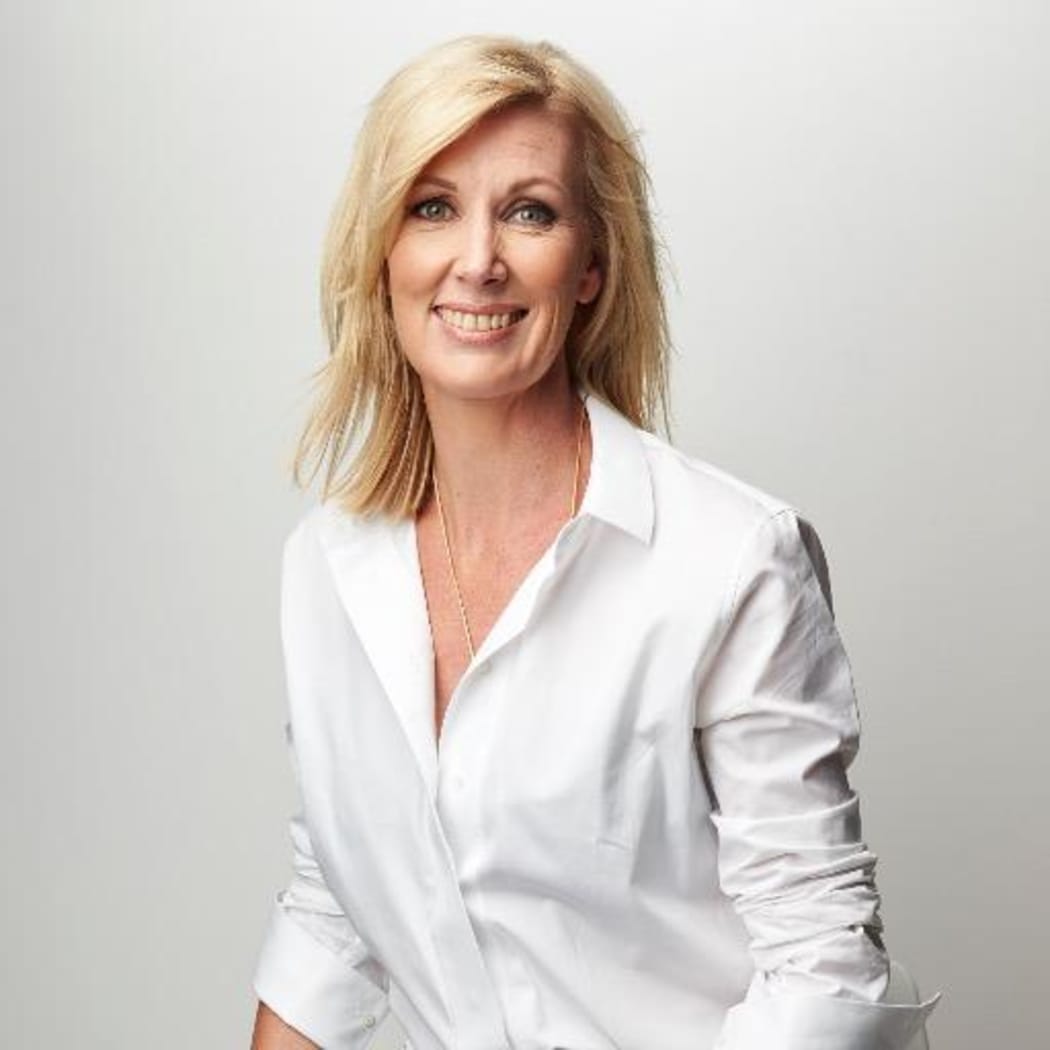
Rachel Smalley kicked off the firey debate about women in broadcasting. Photo: Twitter
"Everything got a bit hysterical," says media commentator Bill Ralston, "but she also had some staunch defenders."
He points out that talk radio has historically been dominated by men - something he puts down to men's willingness to espouse the kind of views that will rile up talkback callers.
But Radio New Zealand has had a stable of extremely strong women, he says, mentioning Kim Hill and Susie Ferguson.
"You can't have a quota system in the media, for God's sake," Ralston says.
But, he adds, the more diverse a media outlet's line up, the more diverse the audience will end up being, in part because they will simply get a wider range of people to talk to them.
Are women making it to the top?
But exactly how diverse is the media as a whole?
Massey University journalism lecturer Dr Cathy Strong says there is a real shortage of women in key positions in New Zealand's newsrooms.
"If you look at the numbers, it seems like there are quite a few women in the newsrooms, but they are at the very lowest area, and they don't stay."
The reason they don't stay, she says, "is that they come in, and see the men coming in at the equal positions as them are going up faster and taking up key positions and the women aren't, so they get disillusioned and leave after a few years."
And while she celebrates the women who are at the top - like the many women editors at large publisher Fairfax - she says they are not the ones "at the top making the big money."
But whether they are making big money or not, a large number of women have climbed to the top in publishing.
At Fairfax, every editor in the South Island is a woman, and females head two of the company's major metropolitan newspapers - The Press and The Dominion Post.
The company's executive editor, Sinead Boucher, says she appreciates the need for a range of perspectives and views and voices coming through "in the front of house as well as behind the scenes."
She says the same fair chance has been given to her. "I've had a lot of opportunities, and a lot of great bosses who really believed in helping create the kind of working environment that would allow me to progress in my career and still have a family and do all those other things that may be some of the reasons why young women tip out at a certain point.
"We're trying to really drive and foster that culture across all of our newsrooms."
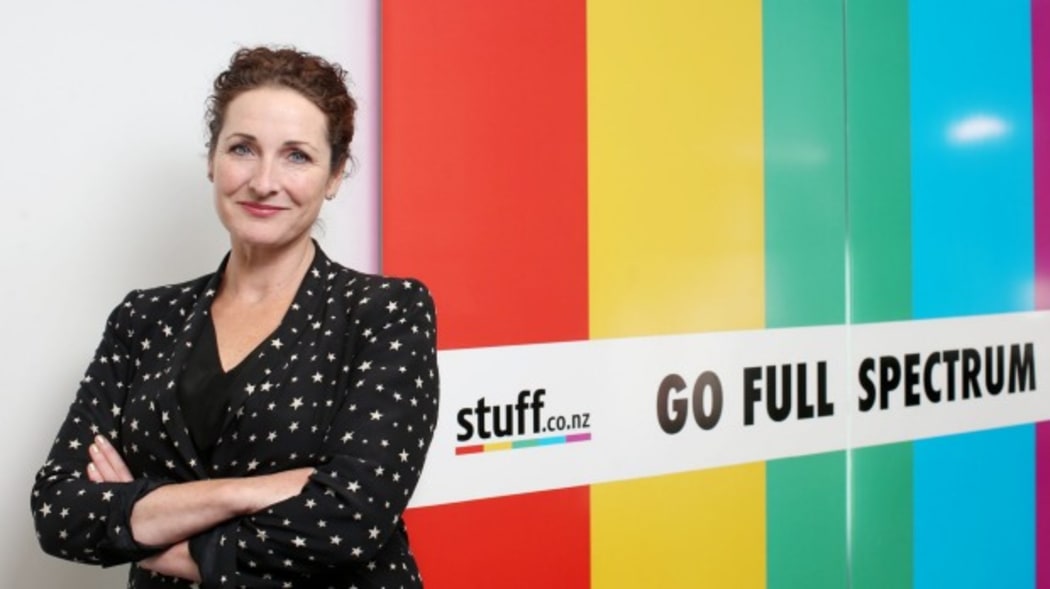
Sinead Boucher says the media needs a wide range of perspectives and voices. Photo: Fairfax NZ
'Women don't have the latitude men do'
The trend for more commentary of all kinds has highlighted the imbalance of voices in New Zealand's media. For example, The New Zealand Herald's opinion pages have a ratio of ten men to three women.
Columnist Dita De Boni says women aren't operating on a level playing field.
"If you consider someone like Mike Hosking or Paul Henry and you consider the female equivalent - of which there is probably nobody - but imagine those men as women, doing what they do.
"I just don't think they'd have the latitude that they have."
"Once they step outside that, their voices are often considered shrill and strident, much more than they perhaps are."
As a result, she says there are not many women commentators who take on hard issues.
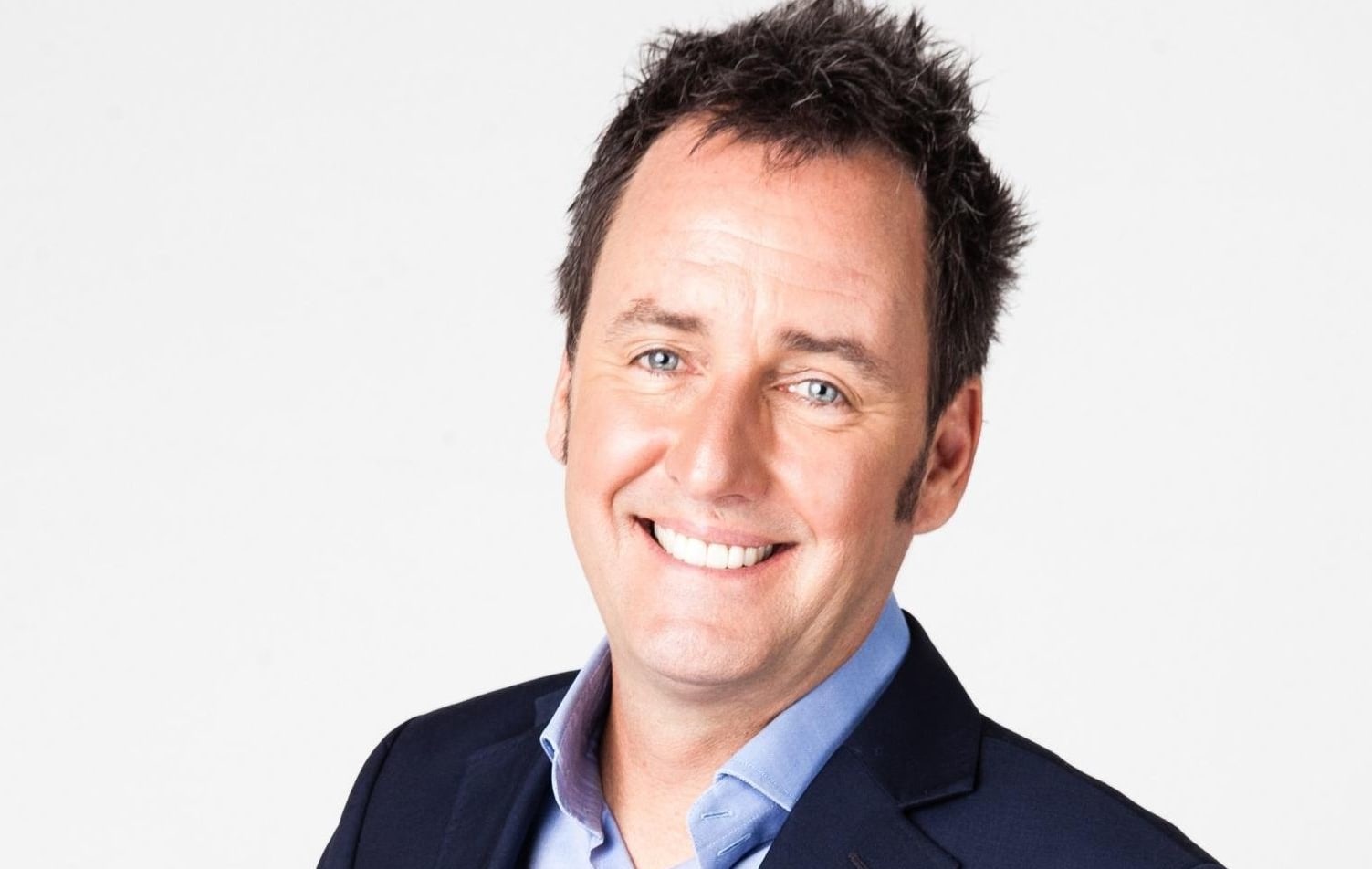
Women don't have the latitude that men like Mike Hosking do, says columnist Dita De Boni. Photo: TVNZ
De Boni points to a lack of diversity in class and socio-economic status, along with gender.
"A lot of the people you have in journalism now, women and men...they all come from a certain type of background, they're pretty well-educated people, from pretty financially-secure backgrounds, it seems to me. And that lends a certain view of news to people. It makes it quite bland."
After a 20-year association with the Herald, which began when the paper ran a competition to uncover fresh voices of young women, De Boni's column will end in a few weeks. The Herald says the column has been axed because of budget constraints.
The numbers
According to its 2014 annual report, Radio New Zealand employs 49.35 per cent women, and 50.65 per cent men (Of these, 4.35 per cent are Māori).
TVNZ's gender ratio is 56:44 in favour of men.
In a statement sent to Radio New Zealand, Mediaworks' head of news Mark Jennings said women were well-represented in its News and Current Affairs team (which serves both TV3 and Radio Live).
"We have experienced, dedicated and talented female executive producers for Paul Henry, Story and 360.
"Our chief video editor is a woman and our chief camera operator is a woman.
"Our stable of female presenters is also very strong. Hilary Barry, Caroline Robinson, Samantha Hayes, Heather du Plessis-Allan, Lisa Owen and Susie Nordqvist to name a few.
"I believe Rachel Smalley is worrying unnecessarily. There are a large of number of extremely able women in all sorts of roles in broadcasting. At MediaWorks, the best person for the job, gets the job."
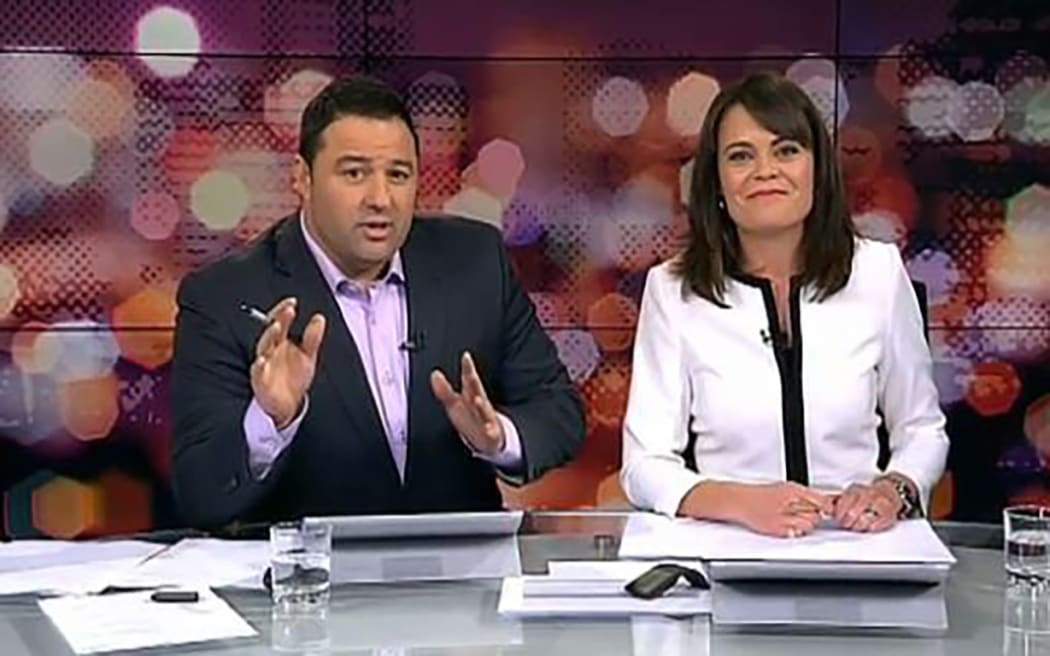
Mediaworks' head of news Mark Jennings says TV3 has many women on air, including Heather du Plessis-Allan who presents Story with Duncan Garner. Photo: TV3
'Women are doing the housekeeping'
But feminist commentator Deborah Russell said Rachel Smalley's point was indisputable.
"You just have to look across and see them, and it's white man after white man after white man."
"At the moment, a woman could look around and say, 'Well gosh, it's only men's opinions who matter.' "
Dr Russell says the presenters set the scene for who is regarded as worthy of reporting on, commenting on and creating the news.
"Of course lots of women are involved behind the scenes, but you could almost say that that's them doing housework, if you were so inclined."
Not everyone sees the background workers - the editors, producers and reporters, who fact-check, find new angles, and set the news agenda - in this way.
"If anything, reporters and producers are the builders," says Radio New Zealand's Checkpoint's presenter, Mary Wilson.
"They've got to make sure the interviews the presenters are doing are based on solid information and the subjects are worthy of testing - if they're not, the whole house falls down.
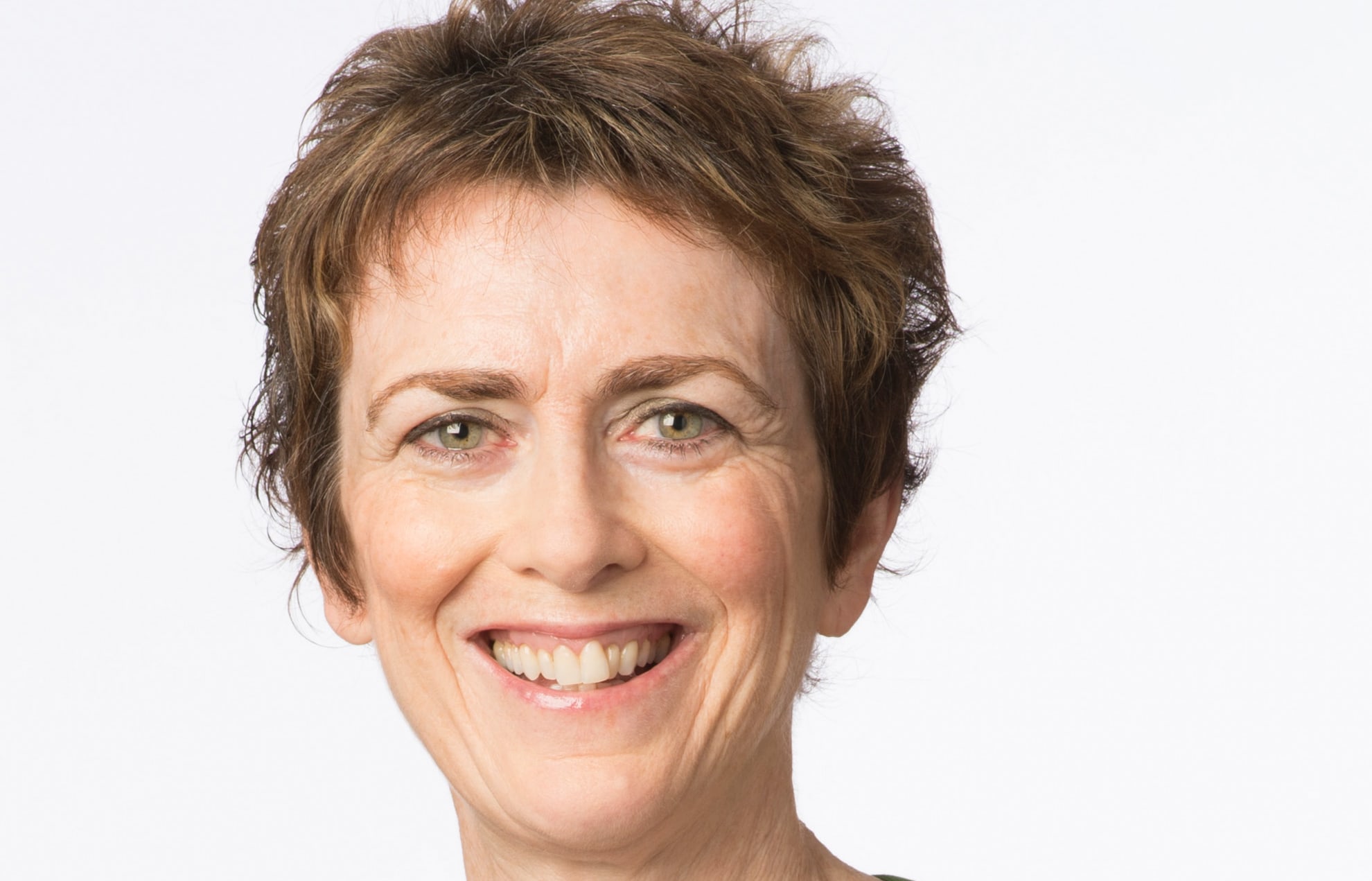
Mary Wilson says the women working in the background are as important as those with higher profiles. Photo: RNZ
Blogging at Pundit, TV3's The Nation executive producer Tim Watkin says Smalley made an important point, but questions her timing.
He says the men she singled out are talented broadcasters, all of whom have worked with female bosses.
"And while I'd be happy if someone is able to prove me wrong, I don't see many talented women broadcasters as good as those six dominant men and who can deliver an audience who are knocking down the doors," he writes.
"I'm fortunate to work with one of the best, Lisa Owen, on The Nation.
"As an exception to my point, she can - and each week she does - match any of those dominant men in a studio. But she is an exception."
But, as comments on Watkin's blog point out, when high-profile news and current affairs roles come up, they are often quickly filled by men - and women don't get the chance to step up.
Strong questions why there has never been a news or current affairs show fronted by two women.
"They've got two men in lots of them. It seems like they're too afraid to break out of the mould."
It's not just about gender
But the media does not only wrestle with gender issues. Real diversity in ethnicity, sexuality and physical ability is rare. Have you ever seen a blind newsreader, for example?
Boucher says that journalism is not attracting a broad range of people. "When I see young journalists come through, they seem to be pretty white, middle class...in terms of other ethnicities, diversity other than gender, we have a long way to go [as an industry]."
De Boni agrees. "It's not a matter of trying to get some some women, some gay people, some muslim people… It's just trying to find people who have a broader understanding of the world. I don't think a lot of thought is put into that."

